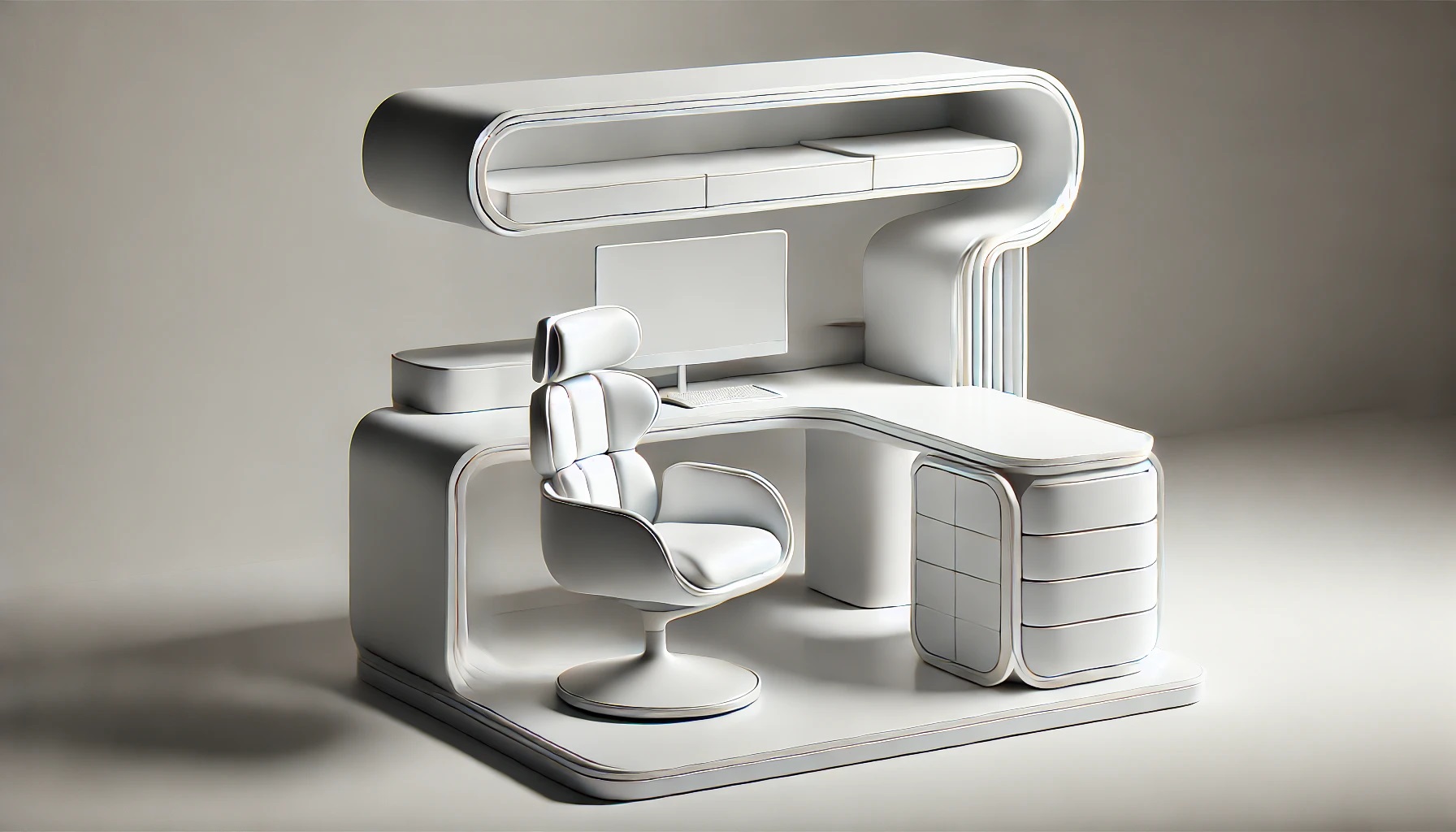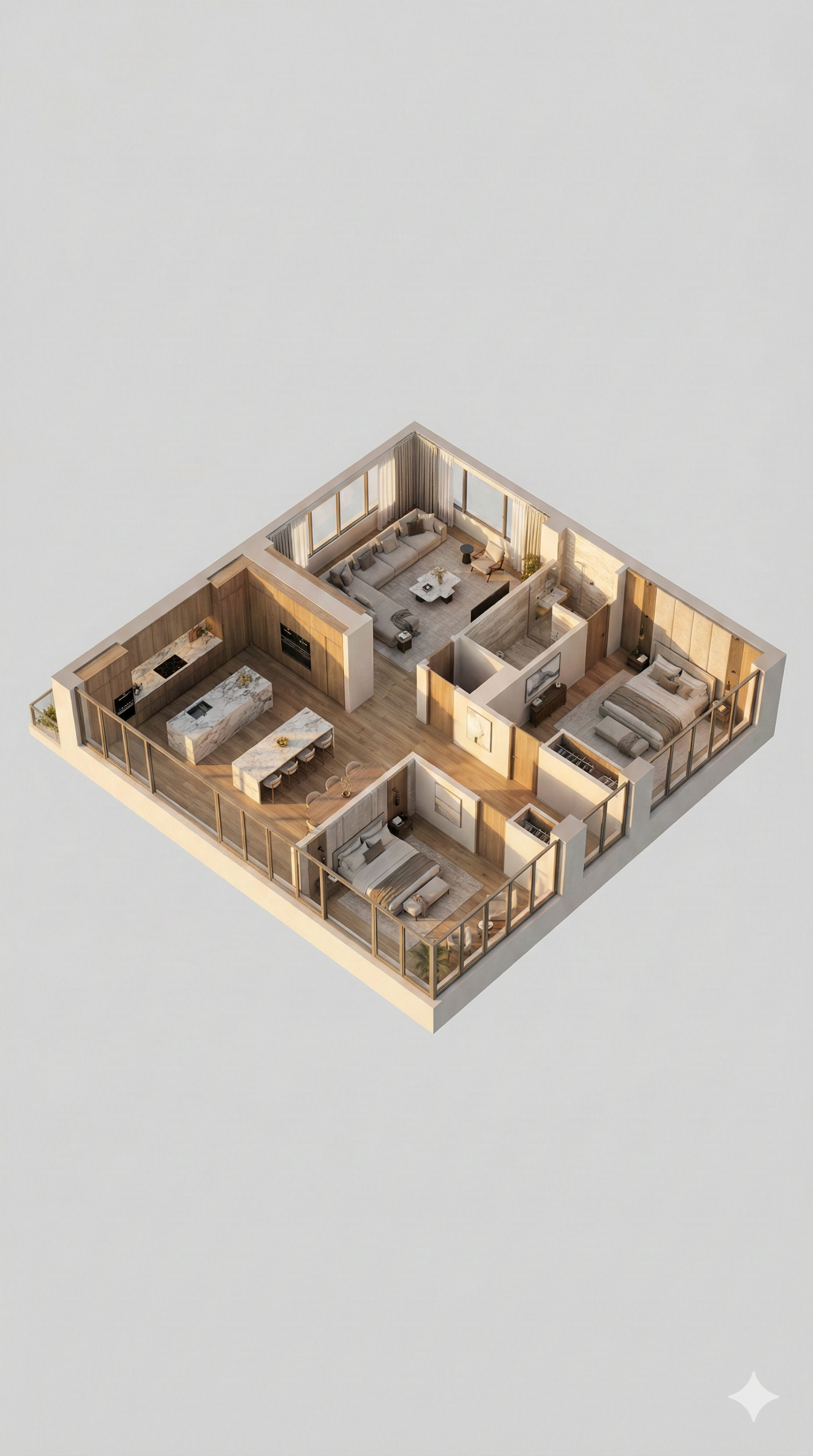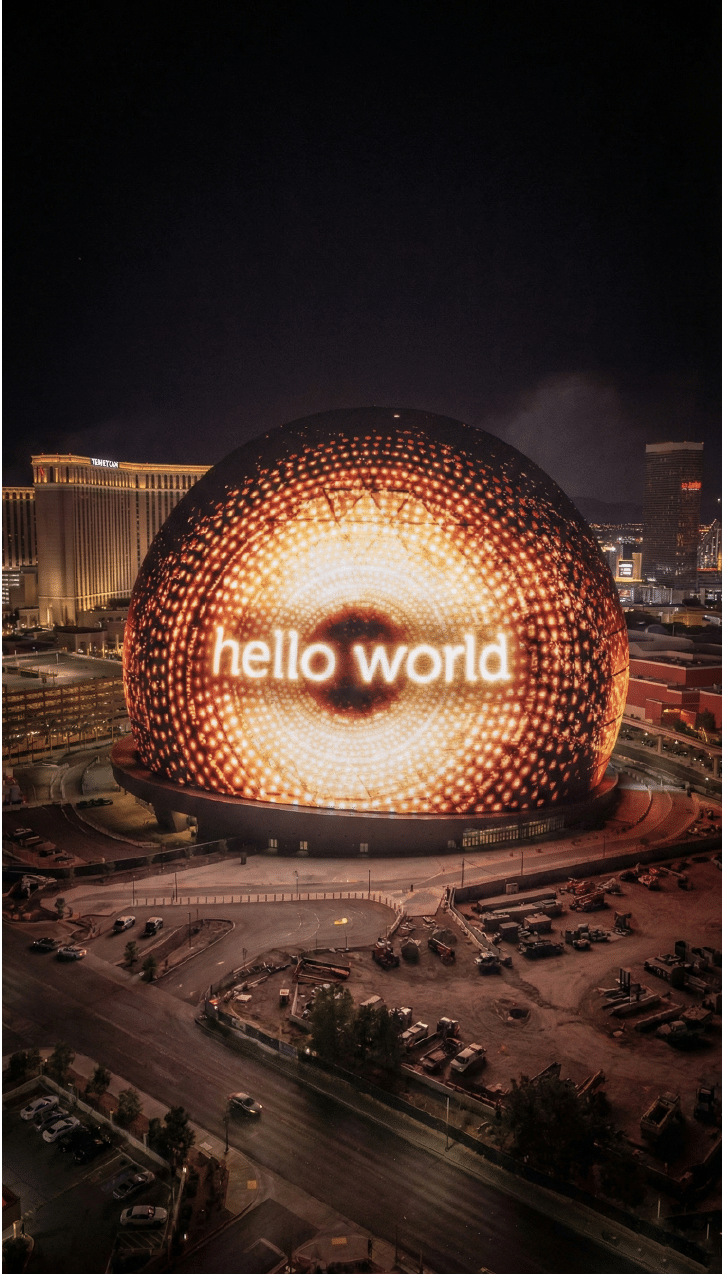Object modeling has become a game-changer for architects, interior designers, home developers, and realtors. By enabling precise visualizations and detailed simulations, object modeling saves time and, more importantly, money. If you’re tired of watching your design budget disappear faster than coffee at a morning meeting, this article will show you how object modeling can cut costs without compromising quality.

What is Object Modeling, and Why Does It Matter?
Object or product modeling is a digital process that creates a detailed 3D representation of an object. From furniture pieces to entire building components, it allows professionals to experiment with designs, materials, and layouts in a virtual space before committing to production.
This digital-first approach helps reduce costly mistakes during the prototyping phase. Think of it as your project’s test drive—minus the risk of crashing into budget overruns. If you want to learn more about object modeling, you might find this article insightful: “What is 3D Modeling & What is it Used For?” from Adobe.
How Object Modeling Cuts Costs in Design
1. Reducing Physical Prototypes
Traditional prototyping involves creating multiple physical models, which can be expensive and time-consuming. With object modeling, you can simulate every detail digitally before printing or manufacturing a single piece. By catching errors early, you eliminate unnecessary iterations.
Example: Imagine designing a chair with intricate curves. Instead of building three versions to test its stability, you can tweak its structure digitally until it’s perfect. No sawdust, no wasted time—just results.
2. Accelerating Decision-Making
With highly detailed models, decision-makers can see exactly how a product or design will look and function. This clarity speeds up approvals, saving time and avoiding costly delays.
Additionally, presenting clients with realistic 3D models enhances understanding. Let’s face it—not everyone can picture a finished design from a flat blueprint. Object modeling bridges that gap, ensuring everyone’s on the same page (or screen).
3. Minimizing Material Waste
Using digital models to simulate the manufacturing process reduces errors in material usage. For industries that rely on sustainable practices, this approach not only saves money but also promotes eco-friendly solutions.

How Object Modeling Lowers Prototyping Costs
1. Simplified Modifications
Ever had a client change their mind halfway through a project? (Spoiler: It happens all the time.) Object modeling allows for quick adjustments without starting from scratch. The ability to modify designs digitally keeps costs in check and clients happy.
2. Enhanced Collaboration
Teams can collaborate in real time using 3D models, reducing communication errors. Architects, engineers, and manufacturers can visualize the same object and provide input before production begins. Less back-and-forth equals lower costs.
3. Faster Testing and Validation
Testing designs for functionality or stress tolerance is much faster with virtual simulations. By identifying potential issues early, you can avoid costly fixes after production starts.
Real-World Applications of Object Modeling
3D modeling isn’t just for fancy furniture or high-tech gadgets. It’s transforming industries like real estate, where virtual staging models attract buyers, and construction, where detailed building components speed up on-site work.
- For product design, it enables testing of functionality and aesthetics, ideal for custom furniture or industrial machinery. For example, the healthcare industry uses it for precise prototyping of medical devices, enhancing innovation and compliance.
- In construction, detailed building components streamline on-site work by ensuring perfect fits and reducing material waste, delays, and errors.
- In real estate, it plays a vital role in creating virtual staging models. These models allow potential buyers to visualize how a property would look when fully furnished, making empty spaces feel inviting and easier to sell.
- In retail and e-commerce, 3D product visualizations improve the online shopping experience by showcasing products from every angle, boosting buyer confidence and reducing returns.
- Special mention goes to the automotive industry, where companies leverage 3D modeling to design and test components like engines, interiors, and aerodynamics. By simulating performance and functionality, manufacturers can refine designs before production, saving millions in development costs.
From real estate to healthcare, object modeling is an essential tool for turning ideas into reality efficiently and cost-effectively.

Linking Innovation: AI and 3D Modeling
Object modeling’s efficiency gets supercharged when paired with artificial intelligence. AI-powered tools optimize design processes, predict outcomes, and enhance visualization. Our article on “Artificial Intelligence Revolutionizing the 3D Rendering Industry” dives deeper into how technology is reshaping the 3D rendering field. If you’re curious about the future, it’s worth the read.
How Xpress Rendering Can Help You?
At Xpress Rendering, we specialize in object modeling, delivering precise, high-quality results that save you time and money. Whether you’re designing furniture, architectural components, or something entirely unique, we tailor our services to fit your needs.
Curious to see how object modeling can elevate your projects? Contact us today, and let’s bring your vision to life.


